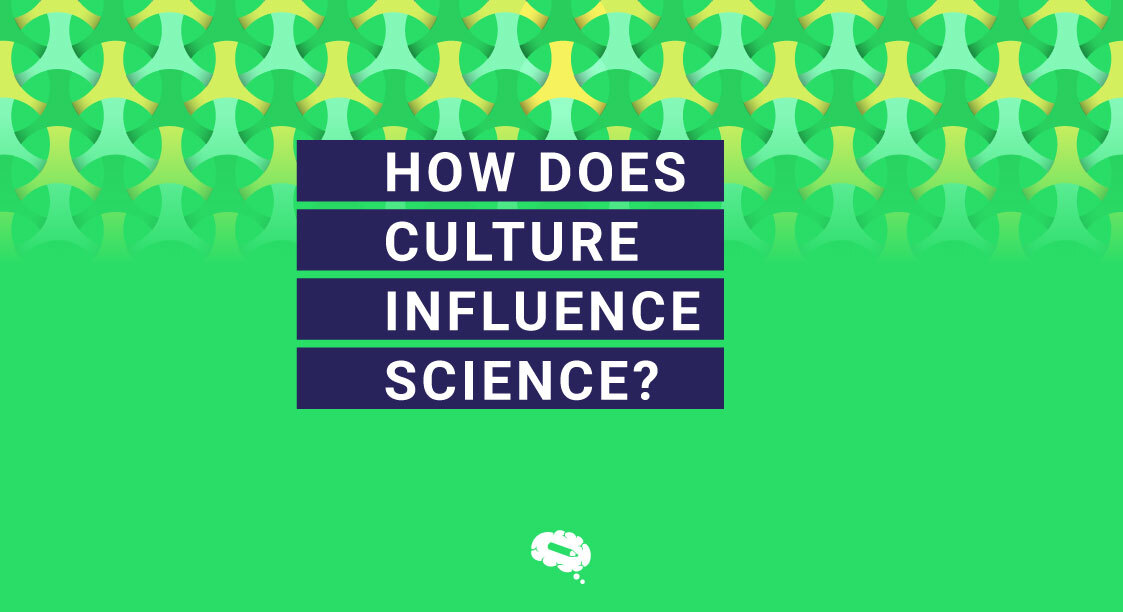The concept of how culture influences science explores how cultural beliefs, values, and practices can structure scientific research, knowledge, and practices. Culture can have a significant impact on the way that scientists do research questions, interpret data, and communicate their findings to others.
A question nowadays is: How does culture influence science? Well, different cultures may have different ways of understanding and classifying phenomena, which can affect the development of scientific theories and models. Cultural values and beliefs can modify the way scientific research is funded, prioritized, and communicated to the public, which can in turn affect the impact and accessibility of scientific knowledge.
The involvement and representation of diverse cultures in science are crucial for promoting innovation and advancing scientific understanding. Recognizing and embracing cultural diversity in science can lead to an inclusive scientific inquiry, and bring more effective solutions to scientific problems.

What are the results of interactions between science and culture?
The results of interactions between science and culture can be both positive and negative. Cultural beliefs, values, and practices can influence the direction and focus of scientific research, leading to discoveries and innovations that are more relevant. For example, traditional ecological knowledge can inform scientific research on biodiversity conservation, while cultural practices and traditions can inspire the development of new technologies and medicines.
On the other hand, cultural influence and stereotypes can also affect the interpretation of scientific data and the development of new technologies. Conflicts between science and culture can arise when scientific discoveries challenge deeply-held cultural beliefs and practices. For example, debates over evolution in schools can be a contentious issue in some cultures.
Recognizing how culture can influence science is important for ensuring that scientific research is inclusive and objective. This requires a commitment to diversity, equity, and inclusion in scientific research and education, as well as a willingness to engage in dialogue and collaboration across cultural boundaries. The integration of diverse perspectives and knowledge systems can lead to more effective scientific research that benefits society.

Cultural factors in science
Cultural factors in science are how cultural beliefs, values, and practices can influence scientific research and practices. Some examples of cultural factors in science include:
Worldviews and beliefs: Scientists are influenced by their own beliefs and cultural backgrounds, which can impact the types of research questions they ask and the methods they use to answer those questions. For example, a scientist who believes in a holistic approach to health may focus on alternative therapies rather than Western medicine.
Cultural Stereotypes: Cultural stereotypes can affect the interpretation of scientific data and the development of new technologies. For instance, gender biases can lead to the underrepresentation of women in scientific research, while cultural stereotypes about race and ethnicity can lead to health disparities in medical research and treatment.
Traditional knowledge: Traditional knowledge and practices can stagnate scientific research and innovation while new practices can inspire the development of new research and results, for example, new medicines.
How can cultural evolution shape science?
Culture and science are closely interrelated. Science is not just a product of individual scientists and their discoveries, it is also shaped by the culture in which it is practiced. Cultural evolution, which refers to the process by which cultural traits, ideas, and practices are transmitted and modified over time, can have a significant impact on how science develops.
Here are some ways in which cultural evolution can shape science:
Values and beliefs
Science is influenced by the values and beliefs of the culture in which it is practiced. For example, a culture that values material progress may invest more resources in scientific research that can lead to technological advancements.
Historical context
The historical context in which science develops can also shape its trajectory. For instance, the scientific revolution of the 17th century was shaped by the Renaissance humanist movement, which accentuated the importance of reason and empirical observation. Another example, during World War II, there was a significant push for research in the fields of physics and chemistry to support the war effort.
Social norms
Social and cultural norms can impact the participation and inclusion of different groups in scientific research. For example, if a society has a gender or racial biases, those may affect who is encouraged to pursue a career in science and who is provided with research opportunities.
Communication and dissemination of scientific knowledge
Cultural norms and values can also influence the way scientific knowledge is communicated and disseminated to the public. For example, if society places a high value on individualism, scientific research may be presented in a way that emphasizes individual achievement rather than collective efforts.
So, how does culture influence science? Another answer to that question, is that cultural evolution plays a significant role in shaping the questions we ask, the way we conduct scientific research, and how we communicate and disseminate scientific knowledge. Understanding these cultural influences is important for creating a more inclusive and scientific community.
Find the perfect infographic template for you!
Mind the Graph is an online platform that provides scientists with access to a vast library of scientific illustrations, infographic templates, and visualization tools to create engaging and informative visual content for their research, publications, and presentations. Mind the Graph platform helps create visually appealing infographics, making it easy to communicate their research findings to a broader audience.


Subscribe to our newsletter
Exclusive high quality content about effective visual
communication in science.




